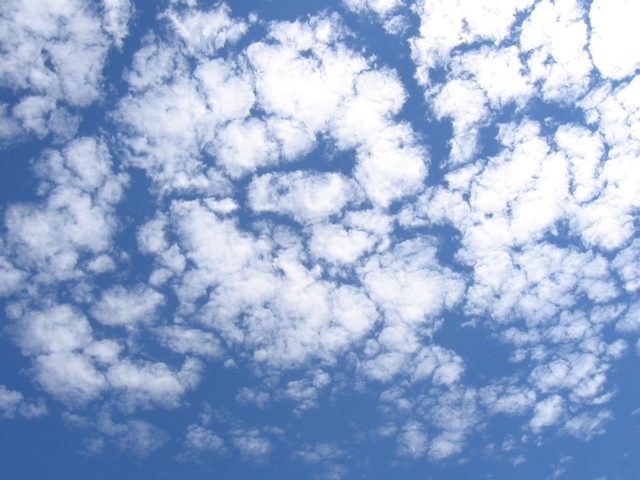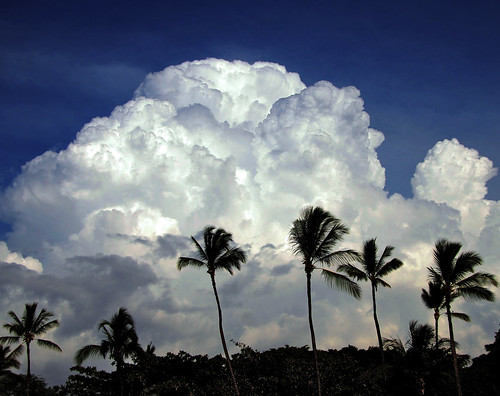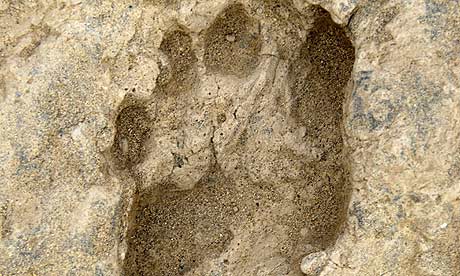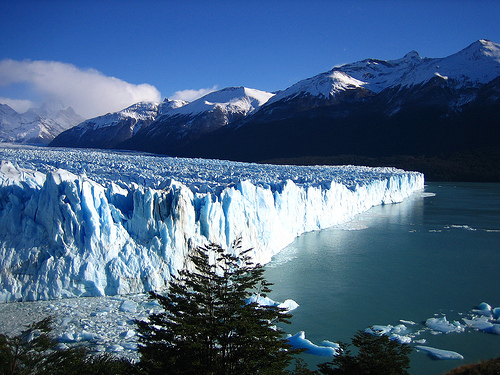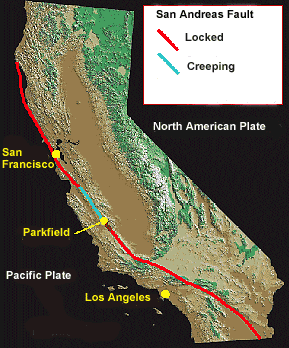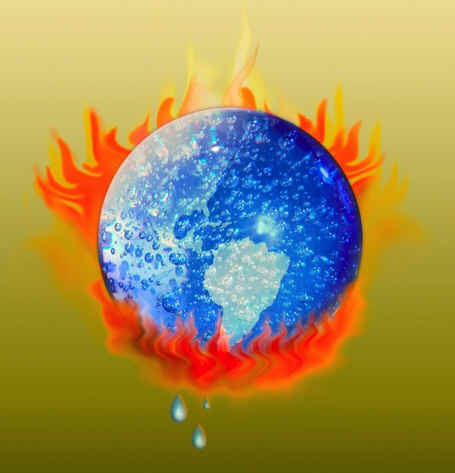
Recent research has found that the slowing of global warming in recent times may be attributed to global warming. According to the journal Science, over the last decade, the amount of water vapor in the stratosphere has dropped around 10%. This in turn has slowed the rate of global warming by 25% in the same amount of time. This discovery has led to two different arguments. One is that of those who are not quite sure global warming really exists, who say that this supports their argument. The other is that of those who think global warming is still a long term problem and this discovery is just a minor roadblock for global warming, the rate of which will rise again soon.
Since water vapor is the most prevalent greenhouse gas and it amplifies the effect of other gases, like carbon dioxide, the theory that water vapor affects global warming makes sense. However, this discovery is just the tip of the iceberg in terms of the damage already done by global warming and reversing the effects of it. More research needs to be done to determine exactly what can be done to prevent global warming.
source: "Slowdown in Warming Linked to Water Vapor" by Gautam Naik, Wall Street Journal
http://online.wsj.com/article/SB20001424052748704194504575031404275769886.html



